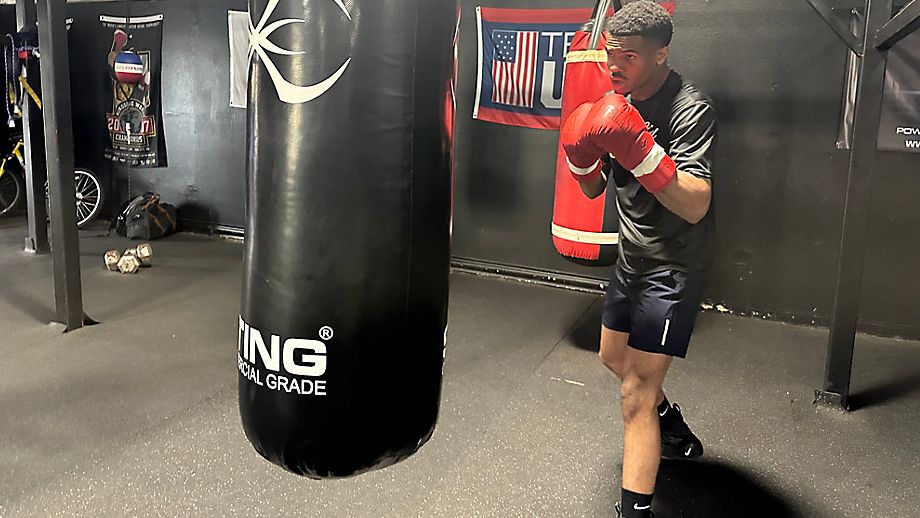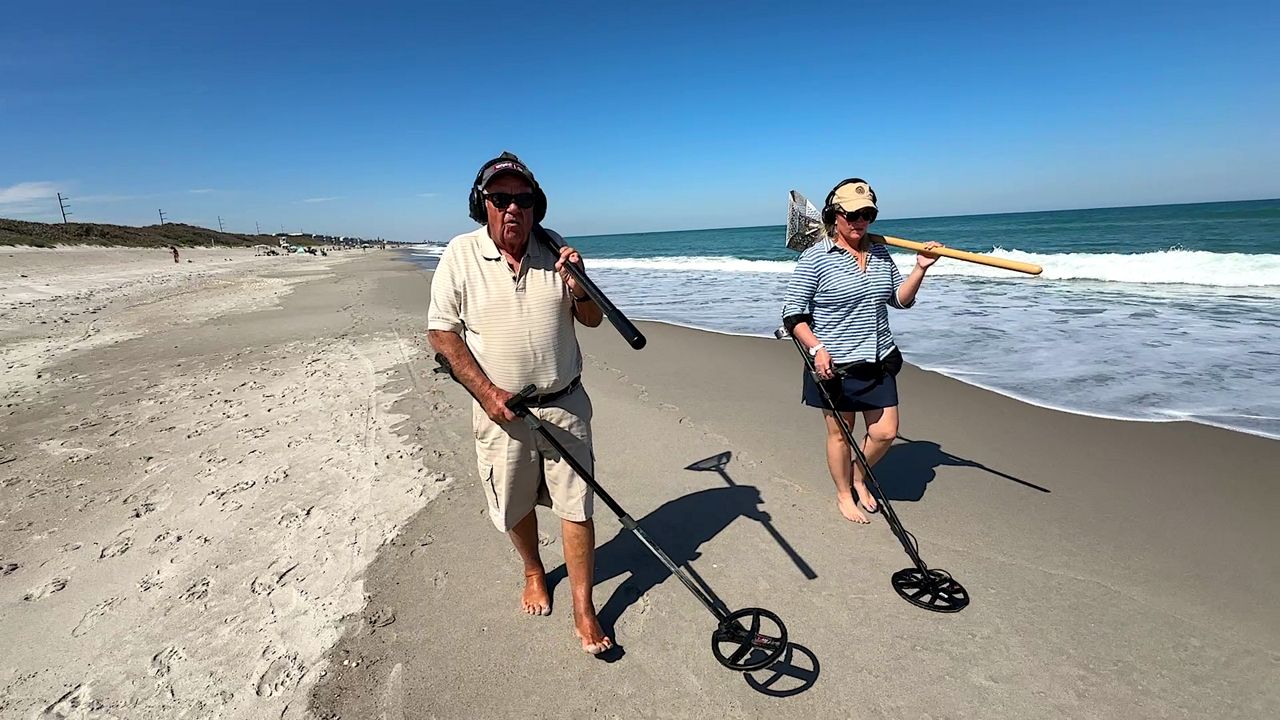PINELLAS COUNTY, Fla. — June 19 marked World Sickle Cell Awareness Day and millions of people are shining a light on the importance of public awareness and more research for treatments options.
Sickle cell disease is a group of inherited blood disorders affecting approximately 100,000 people in the U.S., according to the Centers for Disease Control and Prevention. Additionally, 12,000 babies in the U.S. are born with this lifelong, genetic condition.
What You Need To Know
- Sickle cell disease is a group of inherited blood disorders affecting approximately 100,000 people in the U.S.
- Most common in Black Americans, but also affects Hispanic Americans and other ethnic groups
- World Sickle Cell Awareness Day was this week; millions stressing importance of public awareness and more research for treatments options
It is most common in Black Americans, but also affects Hispanic Americans and other ethnic groups.
Sickle cell disorders convert round and more flexible cells into a sickle shape, which blocks the flow of red blood cells throughout the body.
“It forces the red blood cells to become distorted, so they get destroyed at a much more rapid rate, and it causes patients to become anemic,” said Dr. Tamara New, the Comprehensive Sickle Cell Program director at Johns Hopkins All Children’s Hospital. “That’s why you hear the disease called sickle cell anemia. Also, the blood cells get caught in the blood vessels as they travel throughout the body resulting in organ damage.”
A child is born with sickle cell disease when both parents carry the trait.
Lisa Iglesias’ 4-year-old son has been checked into Johns Hopkins All Children’s Hospital nearly 30 times for life-saving treatment.
“There were a lot of ICU visits, and then the splenectomy, which is when they take the spleen out, was difficult as well,” Iglesias said. “Just trying to hold on to your faith when you’re hearing the alarms go off and maybe the crash team comes in, and those are the defining moments in our faith to really hold on to God and know that he’s still in control.”
New emphasized that a patient’s pain can manifest in a recognizable form like a stroke, or some other damage to the body that’s not easily recognizable like damage to their kidneys, liver, or eyes.
“Patients are born with this so they can start off having pain at a very young age, and some kids will start to have complications usually around eight or nine months of age,” New continued. “Some children experience pain even younger. They get swelling of their hands and feet, and that’s one of the first pain episodes that we see.”
Iglesias is thankful for the donors and nearly two dozen blood transfusions for saving her son’s life.
“He would have died within his first year,” Iglesias continued. “His first transfusion was when he was three months old. So, if we didn’t have donors coming in and giving blood and doing bone marrow transplants and just being willing to give of themselves, then it would be a lot more of a hopeless situation.
“So, I’m very grateful for people giving blood and the education, just being aware of what sickle cell is.”
Excited about her child’s future, Iglesias said her son is doing much better and heading to VPK and elementary school this fall.
New is hopeful that new treatment options will have successful clinical trials and be available to more patients.
“I am encouraged that there are a lot more companies that are interested in drug development,” New added.
Bone marrow transplants can be a potential cure for some sickle cell patients. Last year, the Food and Drug Administration approved gene therapies as another treatment option.
Johns Hopkins All Children’s Hospital stated it is preparing to offer gene therapy as part of upcoming clinical trials.









